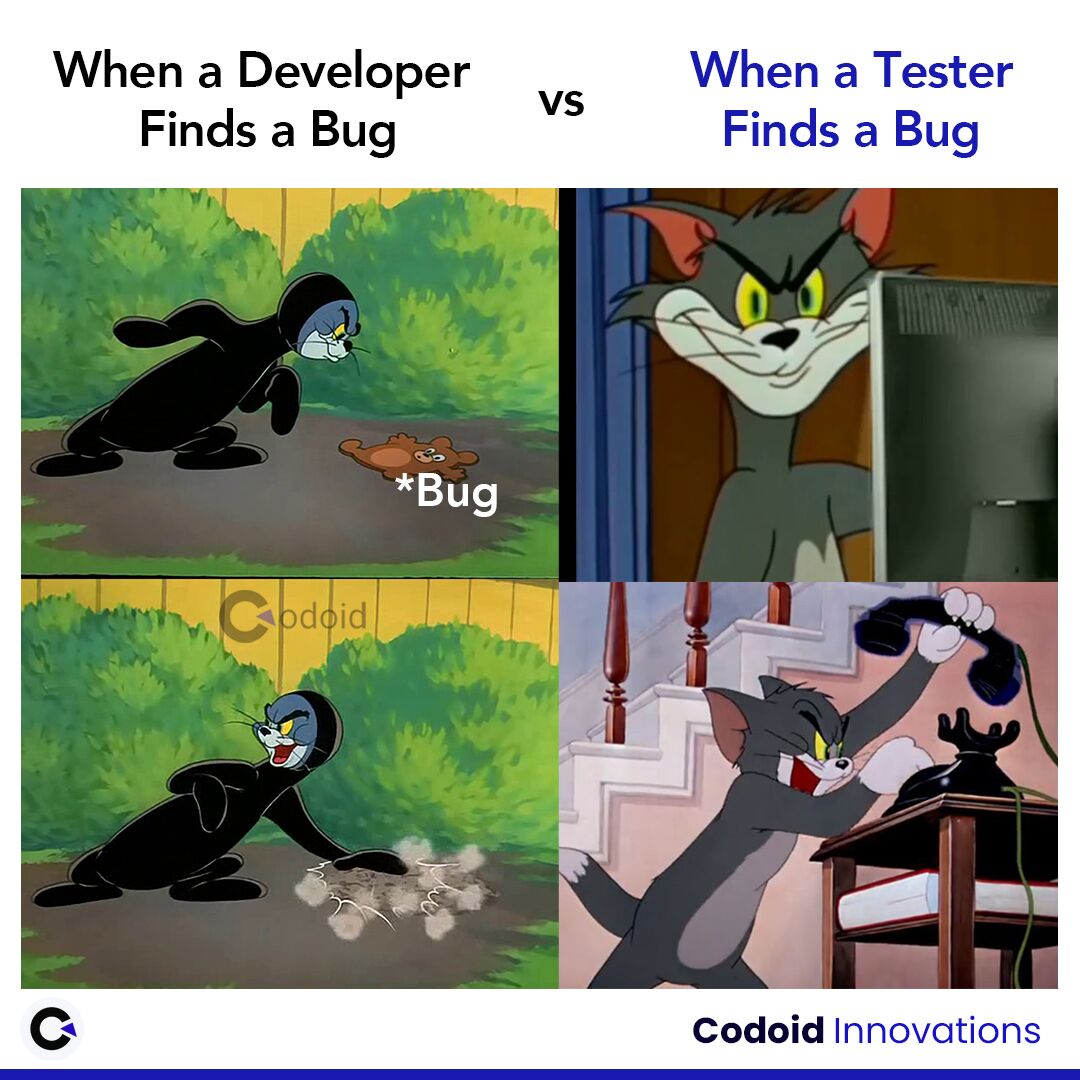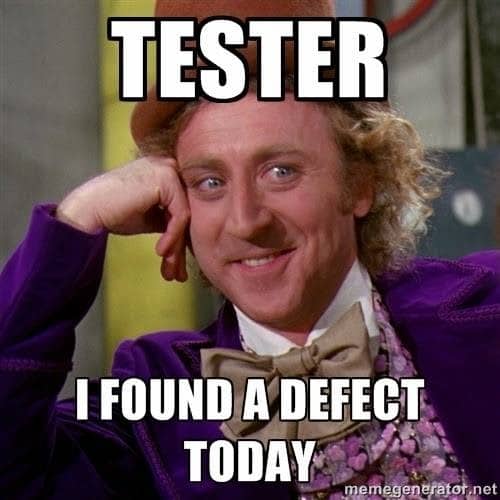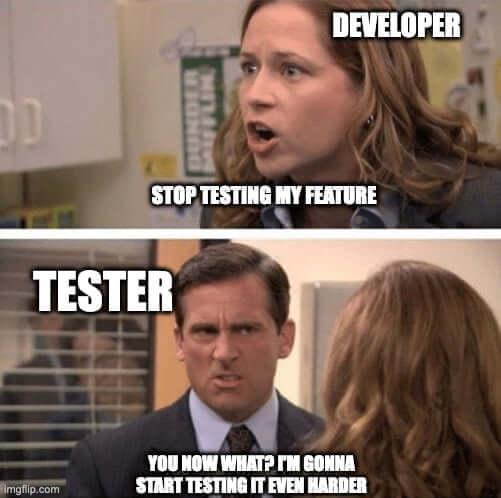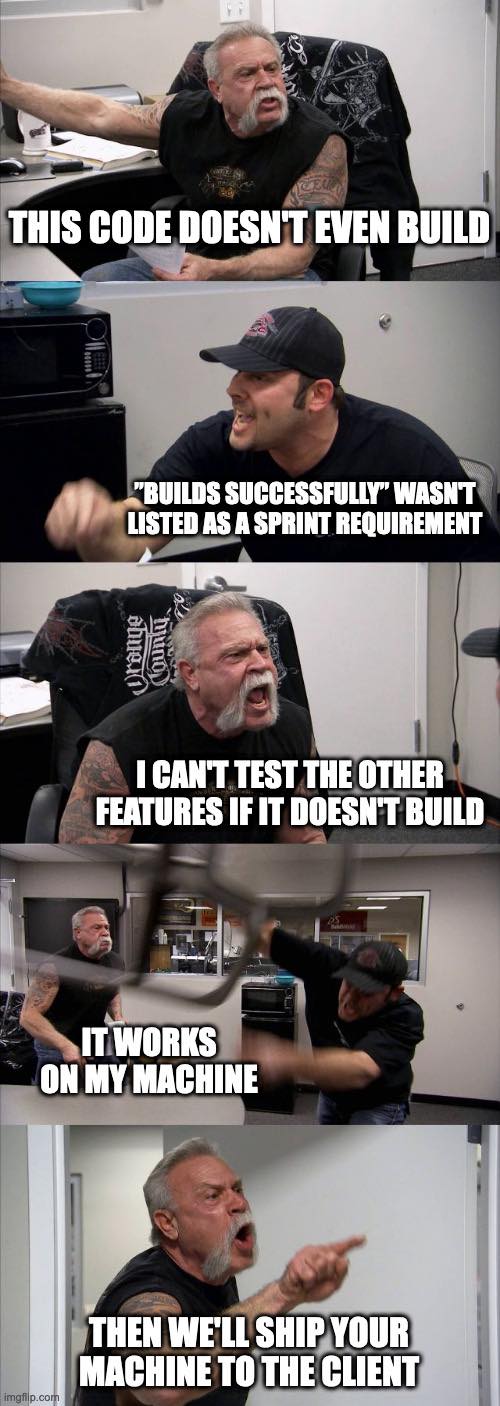There we were… just 8 months ago, bright eyed and planning our annual CakeFest event for 2020. The community picked Los Angeles for a host city, and who doesn’t love LA? Our team was excited! Now, fast forward, and we are planning our virtual event. After sitting in on a few well executed virtual events this year, I was pleasantly surprised and impressed. There are still ways to keep these conferences interactive, but theres no denying that it is hard to beat the face to face communication within our CakePHP community, like we have experienced in the past.
Wondering what our (and many others) event will look like this year? Let’s see….
Virtual
Duh. We will be hosting for attendees all over the world. This is probably the biggest pro about doing digital conferences. Attendees are able to join in, no matter where they live. With international travel, there are many things at play, schedule, finances, family, work. And it is not always an option to attend… The fact that ANYONE can tune in from ANYWHERE is so refreshing. We usually host a 4 day event, but this year we have condensed all of the fun into 2 days, to make things easier on those who don’t want to miss anything. I have had many people reach out to me saying that this will be the first CakeFest that they get to attend live (because we do always post the event after the fact or stream).
Basically, come as you are, dress comfy, and grab the coffee. You get to watch and learn from the comfort of… anywhere you want.
Speakers
The same thing goes for speakers - except that they will actually have to wear pants because they will be seen on camera. Our speakers will not have to worry about travel or accommodations, and can fit us in their busy schedules. We have some pretty great talks lined up this year, from building plugins, to mental health in tech, theres something that all attendees can benefit from. As always, we will have our workshops as well, one FULL day of basic to advanced CakePHP workshops, which is the highlight of the event for most developers. The schedule is posted on our site, but there could be unexpected changes or additions moving forward. Times are ever changing, am I right? We will allow for quick breaks throughout the events to allow potty time, refills, walking the dog etc.
Interactive
We will have the opportunity for Q&A during talks, as well as a “convos with speakers” chat available for attendees to interact with the spealers during the event. On RingCentral, there is a fully interactive chat rolling through the presentations. The speakers are on a pretty strict time schedule, but will get to any questions they can. For this reason, we are creating chat rooms for post talk Q&A as well. Basically you can have a chat with any available speaker for more insight on their presentations, to ask them questions, or just say hello! This access will be sent to attendees via email before the live event. As I mentioned, our schedule is posted, and we are even taking questions ahead of the event. If there’s something you’d like to request the speaker includes, or get ahead of the question game, you can send us an email HERE.
Giveaways
Need I say more? This year we have decided to give away some pretty cool digital prizes during the event. This may be in the form of trivia, or a game of “who can tweet us the fastest”. Either way, everyone attending will have the chance to win! If you don’t follow us on social media, you may want to start, because there MAY or may not be some pre event giveaways as well.
Tickets
Tickets are available now. They are limited, so make sure you purchase & register ASAP. Get them here: CakeFest.org.
We hope to “see” you at CakeFest 2020! October 8-9.
 BUT...
BUT...
 It is not like we want to detroy what you have created but...
It is not like we want to detroy what you have created but...
 And we have to report it, it is our job...
And we have to report it, it is our job...
 It is not like we think
It is not like we think
 I mean
I mean


 I know you think
I know you think
 But remmember we are here to help xD
But remmember we are here to help xD
 Happy Holidays to ya'll folks!
Happy Holidays to ya'll folks!


